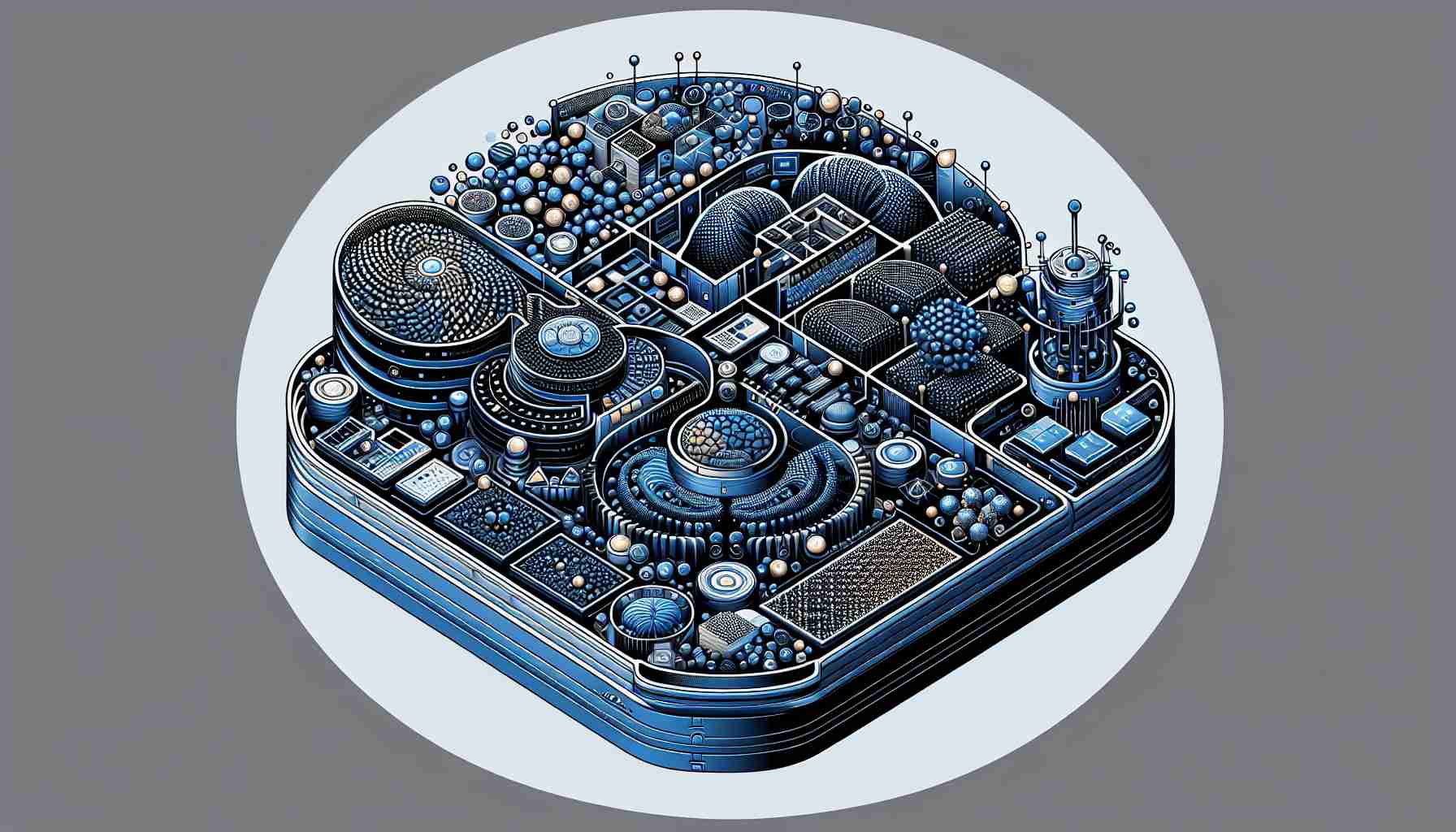A recent article presents a summary of concerns voiced by researchers regarding DeepMind’s AI-driven material discovery claims. DeepMind, a Google subsidiary, announced in November that its AI had identified over two million new crystal structures with potential for technological advancement. The tech firm specified that a subset of 380,000 structures is stable enough to significantly advance material design, all of which DeepMind intends to contribute to the Materials Project database.
However, a study casts doubt on the practical novelty and utility of DeepMind’s findings. Researchers, including Professors Anthony Cheetham and Ram Seshadri from UC Santa Barbara, express skepticism about the evidence provided by DeepMind pertaining to the compounds’ novelty, credibility, and utility. They emphasize the necessity for expertise in materials synthesis and crystallography in AI-based research.
Whilst DeepMind upholds the integrity of its published Gnome paper, the study highlights the narrowed focus of their AI, which mainly identifies inorganic crystalline compounds. In contrast, a vast array of material classes like polymers and composites are yet to be explored using this AI method. The review of the initial entries from DeepMind’s Gnome Explorer database also suggests a mismatch between the predicted ordered metal ions and their likeliness to occur in reality. Criticisms extend to the perceived haphazard organization of AI-discovered material in relation to the periodic table.
The researchers agree on the potential of AI as a tool for material discovery but stress the need for further development to realize its full promise. This reflective piece seeks to highlight the importance of collaborative human expertise in interpreting AI findings in the material sciences.
Expanding the Debate Around AI in Material Science
The application of Artificial Intelligence (AI) in material science has the potential to redefine the landscape of various industries, from electronics and aerospace to pharmaceuticals and energy storage. A prime example of this integration is DeepMind’s ambitious project that leverages AI for material discovery. The tech giant’s assertion of having identified millions of new crystal structures points to a significant leap in computational material science, yet the industry response highlights the intricate balance between AI capabilities and human expertise.
Industry Outlook and Market Forecasts
The material science industry plays a crucial role in technological innovation, and the incorporation of AI presents lucrative opportunities for growth and advancement. Market forecasts indicate a positive trajectory for the use of AI in this sector, with expectations of increased efficiency, reduced costs, and accelerated development cycles. The global market for smart materials, for instance, is projected to expand significantly, propelled by demands for improved product performances and environmental sustainability.
Challenges and Skepticism in the Field
Despite the optimistic market outlook, DeepMind’s announcement has not been met without criticism. Experts in the field like Professors Cheetham and Seshadri argue that AI, while powerful, must be complemented with substantial domain knowledge—something that raw computational power alone can’t replicate. Concerns regarding the practicality and verifiability of AI-generated data underscore the importance of collaborative validation and synthesis in scientific discovery.
The issue of AI’s narrowed focus is also indicative of the challenges that lie ahead. The current emphasis on inorganic crystalline compounds barely scratches the surface of possibilities as a myriad of other materials, including organics, polymers, and composites, are ripe for exploration. The comprehensive incorporation of such diverse classes of materials will undoubtedly demand continued advancement in AI methodologies and algorithms, as well as robust interdisciplinary collaboration.
Potential and Future Directions
The true potential of AI in material discovery is enormous. With further development, AI tools have the power to not only predict new compounds but also to revolutionize the way researchers approach material design and synthesis. These advancements could lead to the development of novel materials with properties that exceed current limitations, opening new doors in various high-tech sectors.
As the debate continues, the assurance of a balanced relationship between AI and human expertise remains paramount. Experts will need to develop new frameworks to evaluate AI-generated discoveries and ensure that the predictive models are grounded in physical reality.
For updates on the latest trends and advancements in the field of material science and AI, interested readers can follow the progress at reputable sources like the Materials Project and DeepMind, who are at the forefront of this thrilling intersection of technology and science.

